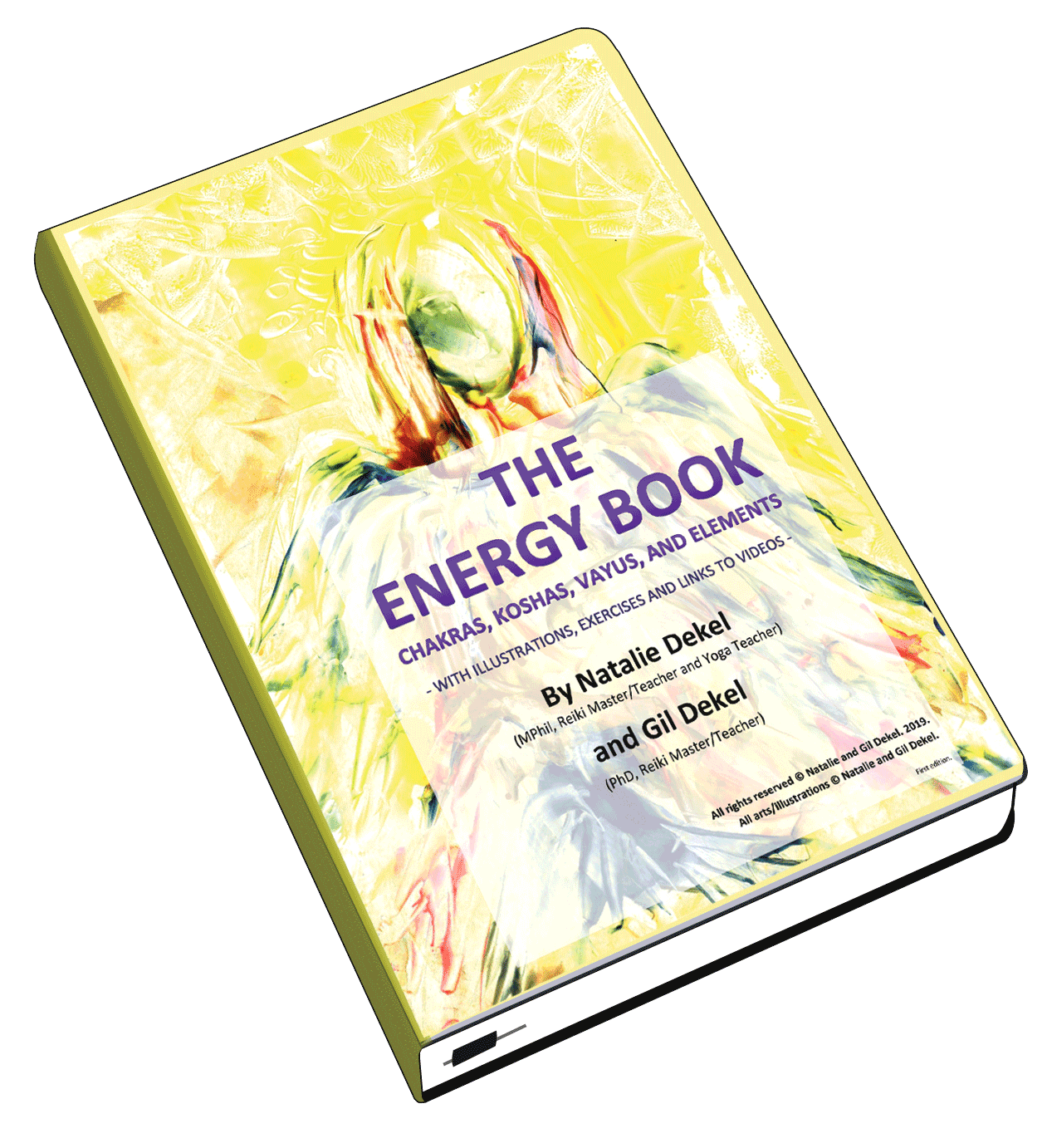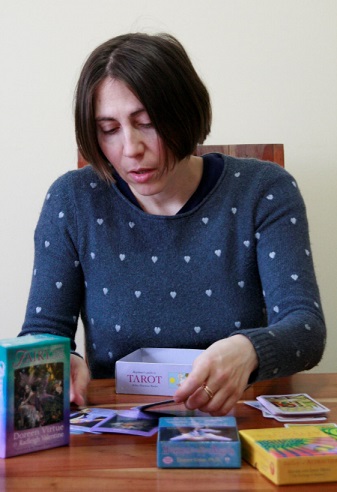
‘Tzadik Gamur’ is a righteous person. Is this a definition of an angel?
No. Most angels don’t have ‘Bhira’, a choice. Most angels are referred to by the names of animals like Hayot, Kodesh and Ophanim; not because they are animals in the sense of being unrefined, they’re very holy and refined. They are more refined than man; but they really don’t have the Bhira. They don’t have the choice. They don’t have intellect to choose either.
We need to say that there are certain very unique angels that do have intellectual powers, and they do have a certain level of Bhira. Generally, man is higher than the angles by virtue of having Bhira; higher in potential; not necessarily higher in actual purity at the time because man has this tremendous power to do bad. He can fall lower. The higher you can reach, the lower you can fall.
The angels don’t have that ability. A Tzadik Gamur is a human being who has completely removed the bad from his heart, which means he has no more bad inclinations. His heart is completely pure.
King David first had done something which was a sin; on his level. It wasn’t a sin for most people; but for him it was a sin. Then we see in the book of Tehilim, that David wrote the famous ‘Neim Zemirot Israel’ where he writes these beautiful psalms. He writes: ליבי חלל בקירבי ‘Libi Halal Bekirbi’, my heart was empty within me. That means, as it is explained in the Hasidut, that a person has two sides to the heart. The Tanya book explains that you have the left hand ventricle which is the seat of the bad, the ‘Yetzer Ra’. And on the right-hand side of the heart is the ‘Nefesh Elokit’, the Godly soul. The Nefesh Elokit is sent signals from the brain to the heart, and so the right hand ventricle of the heart gets filled with love and fear of Hashem. You have this battle going on between the Yetzer Tov and the Yetzer Ra. But David testified, saying ‘Libi Halal Bekirbi’, meaning he taken the Yetzer Ra completely away. The sages Hazal explained: כי הרגו בתענית he killed his Yetzer Ra; he destroyed his own Yetzer through fasting. In other words, he took away the תאוות, the lustings and weaknesses.
That is a Tzadik Gamur. A Tzadik who has completely cleansed his heart from all impetuses. The ‘Yetzer Ra’ has turned into a power of good now. This is when he is no longer lusting and yearning for purely material things, but he wants only to do the sole will of God. That’s a very high level. That means that the Tzadik Gamur enjoys the physical things of this world, because they are now serving God. He sees them as means and conduits to serve God. And that means he’s totally pure within. It is a very, very high level. We, the ‘normal’ people, can’t necessarily even aspire to such a level. We have to aspire to be the ‘Beinoni’ (which is another type of being explained in the book of Tanya).
But how can Tzadik Gamur understands what is ‘purity’ if to him there is no more ‘bad’; there is no relativity, as now he doesn’t necessarily see negativity at all?
Most of us are living in a world where there is a balance between good and bad. We have to try and make the choices; to fight the bad and make choices that are good. It’s difficult for us to understand someone for who bad no longer has any pull, however there are few levels in good itself. The Tzadik Gamur is rising higher and higher in doing good. Take the life of someone like Moshe. We see the challenges that Moshe went through. Tzadik Gamur like Moshe will have to take on the burden of the generation as well. Sometimes his challenges are not his own challenges but the challenges of the people around him to whom he is the shepherd; he’s leading them. The faithful shepherd, the ‘RaAya Nehemana’.
Now, every now and then, Moshe very subtly fails; He gets angry, he hits the rock, shouts at the people. Little tiny things on our level, so we couldn’t even think of these things as being sin. But on the scale that God was judging Moshe, the scale of high level, these very subtle things were considered to be deficiencies, misdemeanours. So, there are levels, even within the ‘good’ itself.
22 July 2012.
© Gil Dekel. My thanks to my teachers.


 - Reading with Natalie, book here...
- Reading with Natalie, book here...